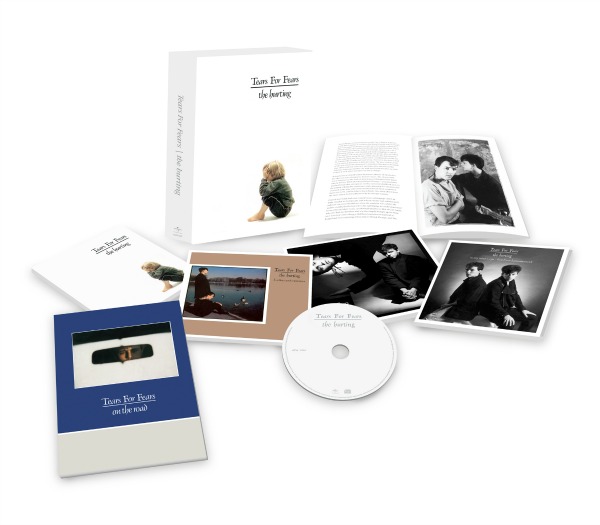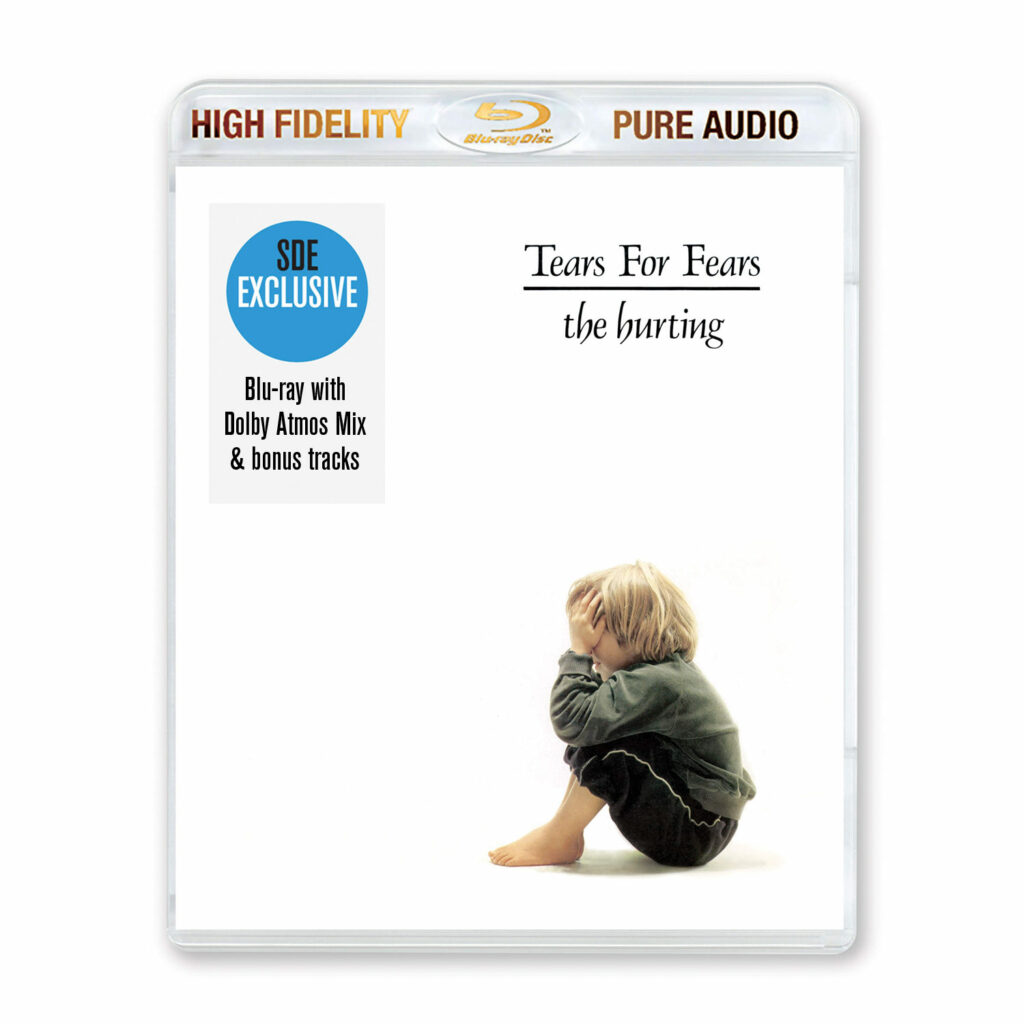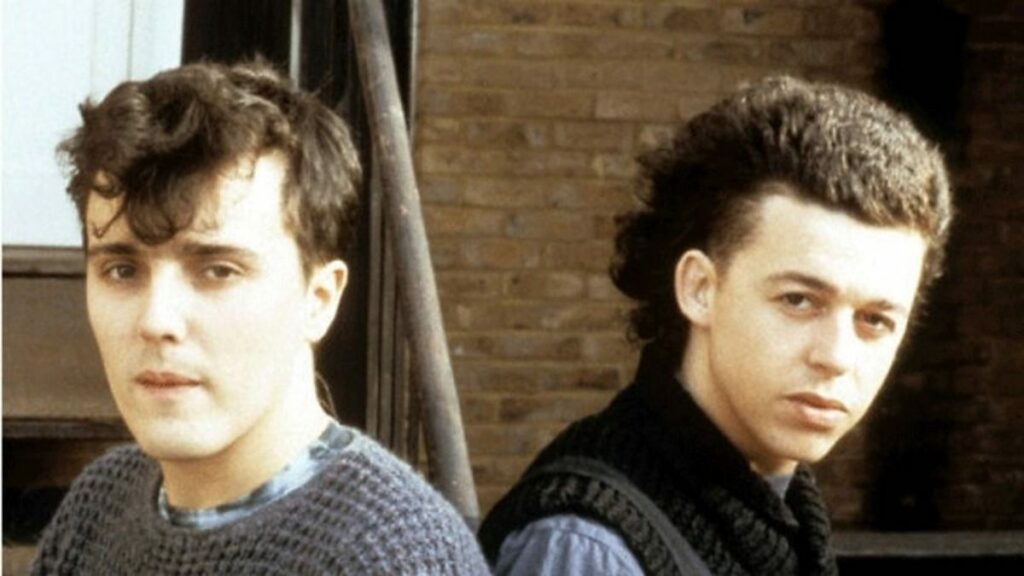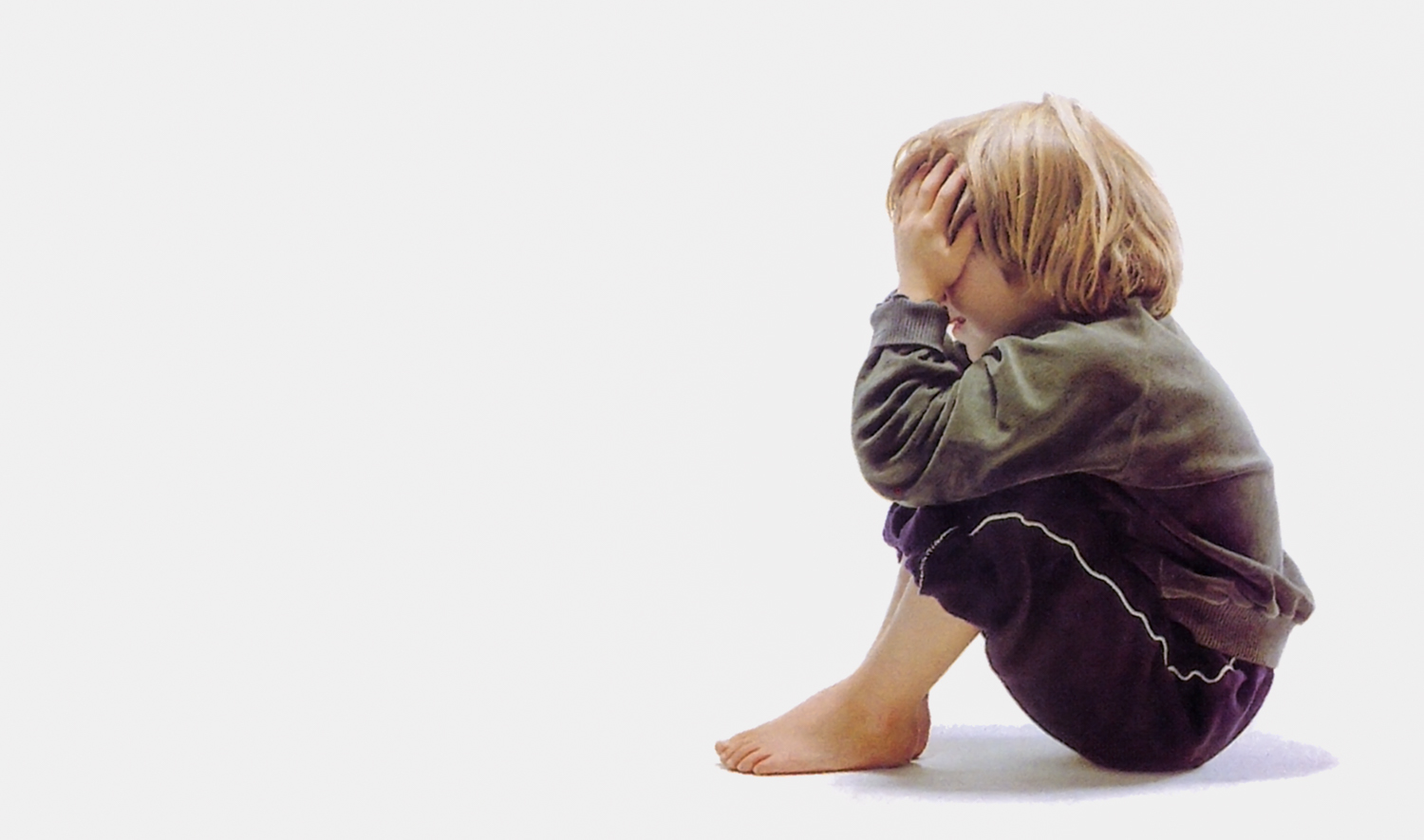Released through Mercury Records in March 1983, Tears For Fears’ debut studio album The Hurting spawned three top-40 international hit singles – "Mad World", "Change", and "Pale Shelter" – and ultimately became known as a defining album of the early-80s British new wave/synth pop movement. Lyrically inspired by psychologist Arthur Janov’s primal therapy and Roland Orzabal’s own difficult childhood, The Hurting explores dark concepts such as child abuse, psychological trauma and depression.
After several aborted earlier recordings with different producers, Orzabal and Curt Smith worked with Chris Hughes and Ross Cullum to craft the album as we know it today (Hughes went on to produce them again for 1985’s mega-hit Songs From The Big Chair.) Additional personnel on The Hurting include drummer Manny Elias, keyboardist Ian Stanley, and former King Crimson member Mel Collins on saxophone.
Fans may recall that for its 30th anniversary in 2013, The Hurting was reissued in a deluxe CD/DVD box set as well as a High Fidelity Pure Audio Blu-Ray disc. The one missing aspect of this otherwise comprehensive release was a surround sound version of the album, and the band would ultimately commission Steven Wilson to create new 5.1 remixes of their subsequent albums Songs From The Big Chair, The Seeds Of Love (1989), and last year’s The Tipping Point.

It seemed unlikely that The Hurting would be revisited again after the 30th anniversary reissue, but SuperDeluxeEdition.com and Universal Music have teamed up to deliver what is surely the final word on the album in this fantastic new 40th anniversary Pure Audio Blu-Ray.
Not only does it include new remixes by Wilson in stereo (both vocal and instrumental versions), 5.1, and Dolby Atmos, but also a brand new remaster of the original 1983 stereo mix and never-before-heard early renditions of “Mad World” and “Watch Me Bleed” produced by Mike Howlett.
I may sound like a broken record at this point praising his work, but Steven Wilson’s 5.1 & Dolby Atmos remixes are astonishingly great. The Hurting isn't as dense a production as the band’s subsequent works, but these new multichannel versions effectively unpack the arrangements all around you while also remaining true to the original sound.
Though the position of each element varies throughout, the 5.1 surround mixes typically utilize the rear speakers for digital percussion, synthesizers, guitars, and backing vocals, while the rhythm section is arrayed across the front channels and lead vocals take up residence in the center channel.
Wilson uses the ‘phantom center’ position in the rear channels to great effect, with elements such as the call-and-response vocals during the chorus in “Pale Shelter” and main guitar part in “Mad World” appearing directly behind the listener’s head. There are even some fun moments where instruments move around the room, such as the hypnotic synth at the beginning of “Memories Fade” or percussion at the end of “Pale Shelter.”

The Dolby Atmos mixes take the immersion even further with the addition of the side surround channels and four overhead speakers. Whereas the opening drum beats of the title track alternate rear-to-front in the 5.1 mix, they instead switch between the side and height speakers in Atmos. During the bridge ("get in line with the things you know..."), the lower-register backing vocals appear in the front height speakers above the lead in the center channel.
Much of the instrumentation that appears in the front speakers in the 5.1 mix, such as the acoustic guitars in “Watch Me Bleed” and synth solo in “Change,” has been relocated to the side surrounds, while other parts that were previously in the rears (like the backing vocals in “Mad World” and children’s choir in “Suffer The Children”) now rain down from above.
I never realized the main riff in “Change” was actually made up of two overlaid guitar parts, which are now divided between the front & rear channels. The iconic xylophone(?) intro is suspended in the middle of the room in the 5.1 mix, whereas it's isolated in the side speakers for the Atmos presentation. The interplay between the speakers is consistently engaging and exciting, without coming off as gimmicky.

It’s hard to choose a favorite song in terms of the immersive presentation, but I’d have to go with the lesser-known album track “Memories Fade.” I suspect this is a key track for Wilson as well, given that it appeared on his recent Intrigue compilation, and the Atmos mix takes it to another level. Percussion alternates front, back, and above while Orzabal’s passionate vocal bursts from the center channel and keyboard stabs explode from the sides. Mel Collins’ sax appears from behind as well, though it moves to the center channel at a key moment.
While not presented in surround sound, the Mike Howlett versions of “Mad World” and “Watch Me Bleed” are definitely worth exploring for longtime fans of the album. These are not just alternate takes, they’re completely different interpretations of the songs: “Mad World” is missing the iconic ‘clicky’ LinnDrum part and has more of a mechanical, Depeche Mode-esque feel. Similarly, “Watch Me Bleed” slows the tempo and removes nearly all the guitar parts in favor of synthesizers & programmed drums.
Though I’ve enjoyed all ten entries in the SDE “Surround Sound Series'' to date, this may be my personal favorite release so far. There’s something for everyone here, whether you’re interested solely in the stereo or immersive audio content, and it’s encouraging to see there was enough demand for 7000 copies to be pressed. I’m optimistic that its success will eventually lead to the band’s remaining albums receiving similar treatment, especially 1993’s Elemental and 2004’s Everybody Loves A Happy Ending.

